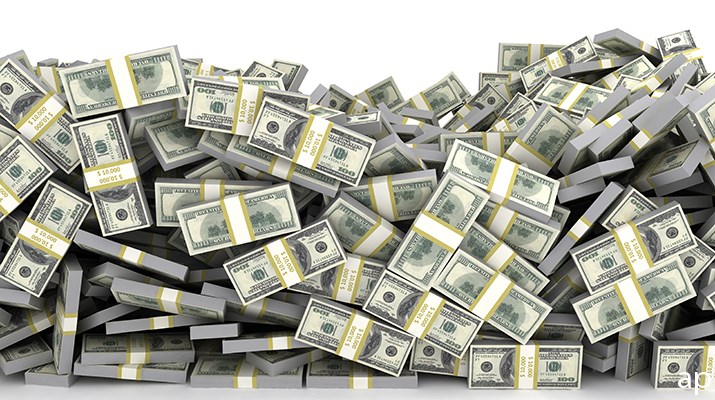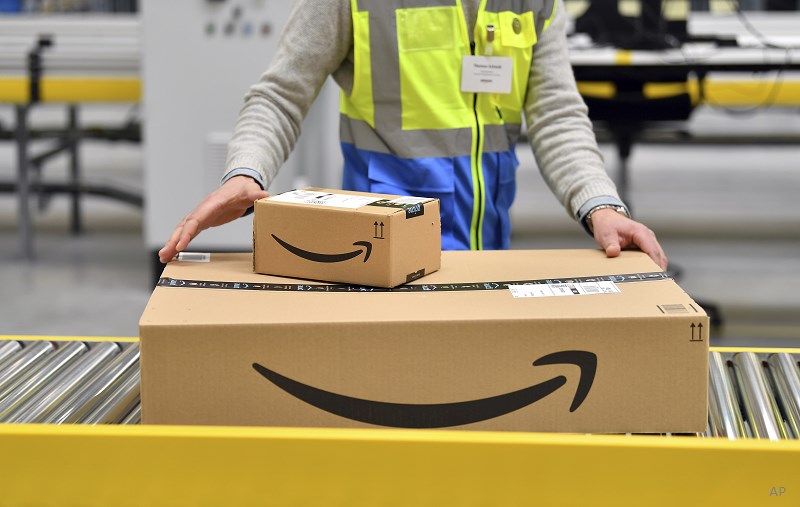
High yield bonds have often been tainted by their reputation as "junk bonds". They are so-called because the companies issuing these bonds are often deemed to be more likely to default on their debt. But some fund managers insist that these bonds deserve a place in investors' portfolios, particularly for those keen to up their income.
“The term 'junk' is unfair,” says Donald Phillips, manager of the Liontrust High Yield Bond fund. “There are many opportunities for investors to find high quality options in the high yield markets,” he says.
But while it’s possible to get good quality high yield bonds, investors should ask themselves these key questions before diving in:
Can the Company Repay its Debts?
The main risk in investing in high yields bonds is that the issuer can go bankrupt at any time without repaying its debt. As a starting point, investors need to be confident the business has a plan and the ability to pay back its debt.
Corporate bonds are a type of debt issued by companies. They borrow money from investors an, in return, promise to pay a set rate of interest (known as a coupon) for an agreed period of time, as well as the original amount back at the end. But the riskier the company is perceived to be, the higher the rate of interest they have to pay investors in order to compensate them for taking on that risk.
Corporate bonds are typically rated on a scale from AAA to D. Those rated AAA, AA, A and BBB are labelled investment grade - the further up the scale the safer the company is deemed to be and the more likely to repay its debts.
Bonds rated BB or lower are known as high yield or "junk" bonds, and often pay a far more lucrative rate of interest. It's enticing for an income-seeking investor, but you need to be aware of the risks.
Before investing in a company, Rhys Davies, co-manager of the City Merchant High Yield (CMHY) and Invesco Enhanced Income (IPE) investment trusts, wants to understand its financial situation, the industry it operates in and its competitors. Being a large-cap company and listed on a major stock stock market is not a guarantee that a company will pay back - the collapse of travel group Thomas Cook in 2019 was evidence enough of that.
Liontrust's Phillips has around 80% of his fund in listed companies with an average market cap of $25 billion. “I like large-cap, quality businesses, ”he explains. “Netflix and CenturyLink are two examples.”
Netflix generates good cash flow thanks to its subscription revenue model, and its bonds yield 3.75%. “The company spends lots of money creating content, but it can reduce that if necessary as its content library is still much greater than all its competitors,” says Phillips. He also points out that subscriber numbers are still growing and this is a sign of positive cash flow for the years ahead too.
CenturyLink, meanwhile, is the third largest telecoms company in the US and its bonds yield 5.12%. The company has made several acquisitions over the years, expanding and modernising its businesses. In 2016, for example, it acquired a company called Level 3 Communications, which provides fast internet.
Are You Being Compensated for the Risk?
Investors should ensure they are being adequately rewarded for the risk they are taking in lending money to a company that could default on its debt.
“There are plenty of deals we are saying no to at the moment because they do not offer enough compensation for the risk,” says Davies. “From our perspective, It’s all about making sure that the yield we receive is appropriate to the credit risk.”
He likes companies such as Virgin Media Finance, Burger King France and Tesco (which is now back to investment grade), whose bonds have coupons of 6.25%, 6% and 6.15% respectively.
He has also recently invested in bonds issued by French fashion-designer Isabel Marant. “It’s a new issuer that has come into the market recently and is giving an attractive coupon. I like the company because it has a good cash flow,” he adds.
Only twenty years ago, some 20% of the European high yield bond market was made of BB rated companies. The default rate of these businesses is around 1%. Today these companies make up around 70% of the high yield universe. Proponents of high yield bonds argue it's a sign of the improving creditworthiness of this part of the market.
Still, doing your homework is crucial when investing in this space and investors should be sure to understand how a company is going to use the money it is raising by issuing a bond. Phillips avoids companies using debt to fund acquisitions or where the bosses use the case to pay themselves handsomely, especially if the firm is not yet profitable.
Davies agrees there are some troubled companies in the space for whom the term is completely justified. “I am talking in particular about 'zombie companies', companies that continue to borrow and refinance themselves, because rates are so low,” he says.
Is the Company Unique?
A portfolio of high yield bonds also needs to be well diversified. If you hold bonds from companies operating in different sectors and regions, they are less likely to all default at once.
Phillips runs a fairly concentrated portfolio of 65 issuers but believes the ace up his sleeve is investing in companies that are idiosyncratic - that is to say they have unique drivers from one another. Even when he holds two companies operating in the same sector, he tries to make sure they are not linked in any way. For instance, he invests in a bond issued by US broadcaster Sirius Holdings. While that technically overlaps with his holding in Netflix, Sirius is focused on radio broadcasting rather than TV or internet streaming.
“Investing in companies that are idiosyncratic is true diversification,” says Phillips. As well as this, he avoids cyclical companies where the success of an investment is less about the company and more about what's happening in its market.
Davies also considers himself to be a bottom-up bond picker, who looks at the merits of a company rather than the sector it's in. “However, credit risk needs to be understood and carefully managed. That is where good credit analysis is needed and also where an active fund manager has the opportunity to prove their worth,” he says.





























